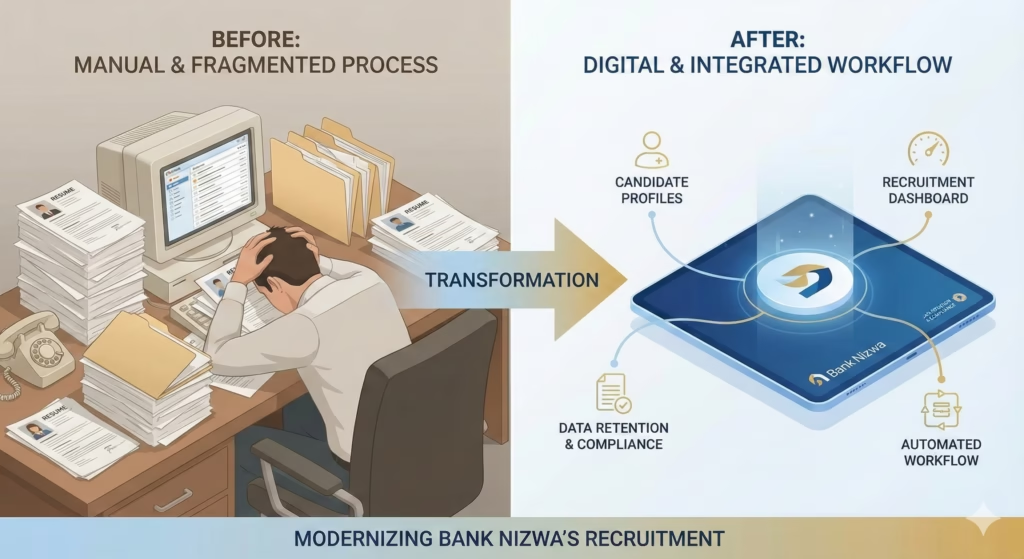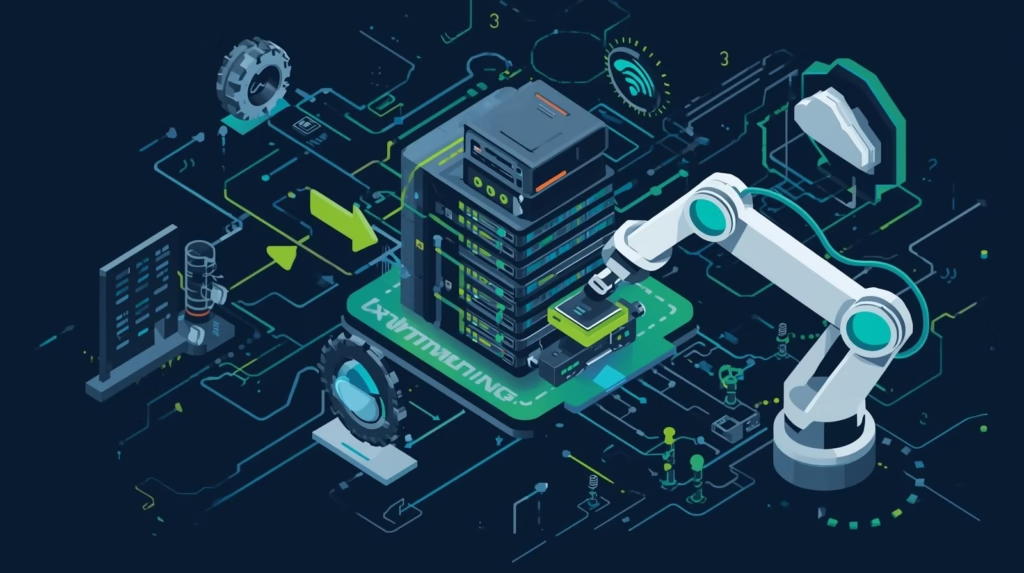Running a modern business means dealing with thousands of transactions, orders, and customer details every single day. If these processes are handled manually, the chances of errors multiply, leading to delays, incorrect inventory updates, and frustrated customers. This is why more companies are turning to SAP ERP connectors—a smart integration tool that connects your e-commerce platform with SAP ERP.
By automating data flow, eliminating manual entries, and ensuring real-time updates, the SAP ERP Connector helps businesses work faster, reduce mistakes, and deliver a better customer experience. In this blog, we’ll explore the top 5 ways SAP ERP Connector saves time and reduces errors for growing businesses.
1. Automated Data Syncing
Manually entering customer, product, or sales data is time-consuming and prone to mistakes. With an SAP ERP Connector, all this data is automatically updated between systems. For example, when a customer places an order online, the details instantly reflect in the ERP without human intervention. This reduces errors and speeds up the entire process.
2. Real-Time Inventory Updates
One of the biggest pain points for businesses is showing incorrect stock levels. The connector ensures your inventory data is always up-to-date. Customers won’t face the disappointment of ordering an out-of-stock product, and businesses avoid overselling.
3. Faster Order Processing
Instead of employees manually transferring order details, the connector allows instant order flow into SAP ERP. This means quicker approvals, faster billing, and on-time delivery—helping businesses improve customer satisfaction and reduce workload on teams.
4. Error-Free Financial Reporting
Manual entries in financial systems often lead to mismatches. With SAP ERP integration, sales, returns, and payments are directly recorded in the system. This makes financial reporting accurate, saves hours of reconciliation work, and ensures compliance.
5. Improved Employee Productivity
When routine, repetitive tasks are automated, employees can focus on more meaningful work like customer engagement, strategy, or innovation. In simple terms, the connector helps businesses work smarter, not harder.




